Spotted hyenas also scientifically known as Crocuta Crocuta are the largest of three hyena species and are well-known scavengers, frequently feeding on the leftovers of other carnivores. The other two are brown and striped hyenas. Although hyenas seem like dogs, they are more closely linked to cats. They are found in much of Africa, as well as in Arabia and India. Spotted hyenas live in big groups called clans, which can have up to 80 members and are commanded by females. However, these tough creatures are also adept hunters, capable of taking down wildebeest or antelope. Birds, lizards, snakes, and insects are also killed and eaten.
Hyenas and humans interact often in an increasingly overpopulated Africa. In reality, the Maasai of Kenya and Tanzania leave their corpses for hyenas to devour. However, these intelligent and daring creatures will raid food storage and crops, resulting in the deaths of countless cattle and even some humans. They have been severely pursued as damaging pests in several locations.
Welcome to the world of the Spotted Hyena (Crocuta crocuta), a fascinating and iconic predator that roams the vast landscapes of the African savanna.
Spotted Hyena: Species Profile
COMMON NAME: Spotted Hyena
SWAHILI NAME: Fisi Madoa
SCIENTIFIC NAME: Crocuta crocuta
TYPE: Mammal
FOOD: Spotted hyenas are opportunistic hunters and scavengers. They have a diverse diet that includes a wide range of prey, such as ungulates (hoofed animals) like wildebeest, zebras, and antelopes, as well as smaller mammals, birds, reptiles, and even carrion.
HABITAT: Spotted hyenas can be found in various habitats across sub-Saharan Africa, including savannas, grasslands, woodlands, and even mountainous regions. They are adaptable and can thrive in both open and more densely vegetated areas.
SIZE: Spotted hyenas are large and robust animals. They have a body length of approximately 1.1 to 1.5 meters (3.6 to 4.9 feet), a shoulder height of about 70 to 91 centimeters (28 to 36 inches), and they weigh between 40 and 86 kilograms (88 to 190 pounds). Females are slightly larger and more dominant than males.
AVERAGE LIFE SPAN IN THE NATURAL HABITAT: In the wild, spotted hyenas have an average lifespan of around 25 to 30 years. However, their lifespan can be shorter due to various factors such as predation, diseases, and competition.
ACTIVE: Spotted hyenas are primarily nocturnal, meaning they are most active during the night. They have well-developed senses of sight, smell, and hearing, which help them locate prey and communicate with other members of their clan.
GESTATION PERIOD: The gestation period for spotted hyenas is approximately 90 to 110 days. Females give birth to litters of 1 to 4 cubs, which are born in dens.
WEIGHT: Male spotted hyenas weigh between 40 and 65 kilograms (88 to 143 pounds), while females weigh between 46 and 82 kilograms (101 to 181 pounds). They have a distinctive appearance with a sloping back, powerful forequarters, and prominent front legs.
SIZE COMPARISON TO A 6-FT MAN: Spotted hyenas are larger than a 6-ft man, with a body length of approximately 1.1 to 1.5 meters (3.6 to 4.9 feet). Their robust build and powerful jaw structure make them formidable predators in the African savanna.
Physical Features:
The spotted hyena, also known as the laughing hyena, is a large and robust carnivorous mammal with a distinct appearance. Here are some key features of the spotted hyena’s appearance:
- Size and Build: Spotted hyenas are the largest of the hyena species, with adult males weighing around 110 to 190 pounds (50 to 86 kilograms) and females being slightly larger. They have a sturdy build with a sloping back and powerful forequarters.
- Coat: The spotted hyena’s coat is short and coarse, with a sandy or grayish color. They are characterized by their unique coat pattern, consisting of irregular dark brown or black spots covering their body, giving them their name.
- Head and Muzzle: Spotted hyenas have a large head with a broad muzzle. Their jaws are incredibly strong, allowing them to crush bones with ease. Their teeth are well-developed, including large premolars and molars for grinding bones.
- Ears and Eyes: Their rounded ears are relatively large and have black tips. They have excellent hearing capabilities, which aid them in locating prey and communicating with other hyenas. Their eyes are round and have a reflective layer called the tapetum lucidum, enhancing their vision in low-light conditions.
- Front Legs and Back Legs: The front legs of spotted hyenas are longer than their hind legs, resulting in a slightly sloping back. This body structure allows them to have a distinctive hyena gait when they walk or run.
- Tail: The spotted hyena’s tail is relatively short and bushy, with a black tip. It acts as a communication tool, conveying various social signals to other hyenas.
- Sexual Dimorphism: Male and female spotted hyenas have similar appearances, making it challenging to distinguish them visually. However, males tend to be slightly larger and have a more prominent genitalia bulge.
Overall, the spotted hyena’s appearance is unique and easily recognizable, primarily due to its distinctive coat pattern of dark spots. This remarkable adaptation helps them blend into their natural surroundings and provides camouflage during hunting and scavenging activities.
A. Strong and Robust Build:
The Spotted Hyena is a powerful predator with a robust build and a large head. It possesses strong jaws equipped with sharp teeth capable of delivering a powerful bite. Its muscular body and sturdy limbs enable it to tackle formidable prey and scavenge efficiently.
B. Unique Coat Pattern:
As the name suggests, the Spotted Hyena boasts a distinct coat pattern characterized by dark spots scattered across its sandy-colored fur. This pattern helps camouflage it in the savanna environment, providing an advantage during both hunting and scavenging activities.
Hunting Strategies:
A. Versatile Hunter:
The Spotted Hyena is an incredibly versatile hunter, displaying both hunting and scavenging behaviors. It primarily hunts in packs, relying on cooperative strategies and persistence to bring down large prey such as wildebeests, zebras, and antelopes. However, it is also known to scavenge and opportunistically feed on the remains of other predators’ kills.
B. Endurance and Stamina:
With exceptional endurance and stamina, the Spotted Hyena is capable of covering long distances during hunts. It can sustain a steady pace, wearing down prey over extended periods until an opportune moment presents itself to launch a successful attack.
Social Structure & Behaviour:
The spotted hyena is a highly social and intelligent carnivore known for its complex behaviors and unique social structure. Here are some key aspects of the spotted hyena’s behavior:
- Social Structure: Spotted hyenas live in hierarchical societies known as clans, which can consist of up to 80 individuals. Within the clan, there is a strict dominance hierarchy, with females occupying higher ranks than males. Female hyenas are larger and more dominant than males.
- Communication: Spotted hyenas use a wide range of vocalizations to communicate with each other. The most well-known vocalization is their distinctive “laughter” or “giggling” sound, which is used to establish territory, coordinate group activities, and signal submission or aggression.
- Hunting and Feeding: Spotted hyenas are skilled hunters and opportunistic scavengers. They have powerful jaws and teeth capable of crushing bones. They are known for their ability to take down large prey, such as wildebeests and zebras. They often work together in coordinated group hunts, known as “pack hunting,” to increase their chances of success.
- Territorial Behavior: Spotted hyenas mark their territories using scent markings, such as urine and secretions from their anal glands. These markings help establish boundaries and communicate dominance. Clans defend their territories vigorously against intruders from other hyena clans.
- Maternal Care: Female spotted hyenas play a dominant role in the clan and have a unique reproductive system. They have an elongated clitoris that resembles a penis, which they use for urination, mating, and giving birth. Female hyenas have a pseudo-penis, making it difficult to determine their sex at first glance. They give birth through this pseudo-penis, which can be challenging and sometimes leads to complications.
- Cub Rearing: Spotted hyenas have a long cub-rearing period. The cubs are born with their eyes open and can walk shortly after birth. They receive care and protection from the entire clan, and females nurse their young for an extended period. Cubs engage in playful behaviors, which help them develop important social and hunting skills.
- Nocturnal Behavior: Spotted hyenas are primarily nocturnal, meaning they are most active during the night. They have adaptations such as excellent night vision and acute hearing that enable them to navigate and hunt in the darkness.
- Scavenging and Carrion Consumption: Spotted hyenas are efficient scavengers and often rely on carrion as a food source. They can consume bones, providing them with essential nutrients. They have a strong digestive system capable of breaking down bone matter.
The behavior of spotted hyenas is fascinating and demonstrates their adaptability and cooperative nature. Their social structure and hunting strategies contribute to their success as apex predators in their ecosystems.
A. Matriarchal Society:
Spotted Hyenas live in complex social groups known as clans. These clans are matriarchal, with dominant females holding the highest ranks within the hierarchy. The matriarch ensures order within the group and plays a crucial role in decision-making and resource allocation.
B. Cooperative Hunting:
Cooperative hunting is a hallmark of the Spotted Hyena’s social structure. Clans work together during hunts, employing strategic tactics and communication to surround and overpower their prey. This cooperative behavior increases the success rate of acquiring large game.
Habitat and Distribution:
The Spotted Hyena is widely distributed throughout sub-Saharan Africa, thriving in a range of habitats such as savannas, grasslands, and woodland areas. Its adaptability to different environments contributes to its successful presence across various regions of the continent.
Conservation Status:
The Spotted Hyena is currently listed as a species of “Least Concern” on the IUCN Red List. Although it faces localized threats such as habitat loss, human-wildlife conflict, and hunting, its overall population remains relatively stable. Continued conservation efforts and habitat protection are crucial for its long-term survival.
Conservation Efforts:
A. Protected Areas:
Establishing and maintaining protected areas within the hyena’s range is vital for its conservation. These areas provide sanctuary for hyenas and other wildlife, safeguarding their natural habitats and promoting ecosystem health.
B. Community Engagement:
Engaging local communities in conservation initiatives is essential. Encouraging sustainable land-use practices, raising awareness about the ecological importance of hyenas, and promoting coexistence between humans and wildlife are key components of effective conservation efforts.
Crocuta crocuta
The Spotted Hyena, with its robust physique, cooperative hunting strategies, and vital role in the African savanna, is a symbol of resilience and adaptability. By understanding its unique characteristics, supporting conservation efforts, and fostering harmony between humans and wildlife, we can ensure the continued existence of this remarkable predator in the African ecosystem.
Spotted Hyena Adaptations
Spotted hyenas have several unique adaptations that enable them to thrive in their environment. Here are some notable adaptations of the spotted hyena:
- Powerful Jaws and Teeth: Spotted hyenas possess exceptionally strong jaws and sharp teeth designed for crushing bones. Their large molars and premolars are specialized for breaking down tough prey items, including bones, which provides them with a valuable food source during times of scarcity.
- Highly Developed Digestive System: Spotted hyenas have a robust digestive system that allows them to extract nutrients from a wide range of food sources, including meat, bones, and even plant matter. They have a well-developed cecum, which helps break down plant material and aids in digestion.
- Adaptation to Carrion Feeding: Spotted hyenas are skilled scavengers and have adapted to consuming carrion. They can digest decaying meat without suffering from diseases that would be detrimental to other animals. Their strong stomach acids and efficient digestion allow them to safely consume carrion that might be toxic to other species.
- Social Behavior and Cooperative Hunting: Spotted hyenas live in clans and exhibit complex social behavior. Their ability to work together during cooperative hunting gives them an advantage when taking down larger prey. Cooperative hunting allows them to overcome the physical limitations of their individual size and strength.
- Territorial Scent Marking: Spotted hyenas use scent marking as a way to establish and defend their territories. They have anal glands that produce strong-smelling secretions, which they deposit on grass, rocks, or other objects. Scent marking helps communicate territorial boundaries and assert dominance within the clan.
- Nocturnal Adaptations: Spotted hyenas are primarily nocturnal, meaning they are most active during the night. They have adaptations such as large, light-sensitive eyes that enhance their night vision. Their acute hearing also helps them locate prey and communicate with other hyenas in the darkness.
- Cub Development and Clan Structure: The reproductive biology and social structure of spotted hyenas are unique. Female hyenas have an elongated clitoris that resembles a penis, which they use for mating and giving birth. The extended cub-rearing period allows young hyenas to learn essential skills and behaviors from the clan members.
These adaptations have contributed to the success of spotted hyenas as opportunistic predators and scavengers. Their powerful jaws, cooperative hunting strategies, and ability to digest a variety of food sources have made them highly effective in their ecosystem.
Where to See Spotted Hyenas in Tanzania
Spotted hyenas can be found in various national parks and wildlife reserves in Tanzania. Here are some popular locations where you can see spotted hyenas:
- Serengeti National Park: The Serengeti is known for its abundant wildlife, including spotted hyenas. The open savannah grasslands provide an ideal habitat for these hyenas to roam and hunt. You are likely to encounter them throughout the park, especially near water sources and areas with high prey densities.
- Ngorongoro Conservation Area: The Ngorongoro Crater within the Ngorongoro Conservation Area is another excellent place to spot spotted hyenas. The crater’s diverse ecosystem supports a healthy population of hyenas, and their scavenging behavior can often be observed near kills made by other predators.
- Tarangire National Park: Tarangire is famous for its large elephant herds and diverse wildlife. Spotted hyenas can be spotted here, especially near riverine areas and during the dry season when animals congregate around water sources.
- Selous Game Reserve: Located in southern Tanzania, the Selous Game Reserve is one of the largest protected areas in Africa. It is home to a variety of wildlife, including spotted hyenas. Exploring the reserve on game drives or boat safaris along the Rufiji River increases your chances of encountering hyenas.
- Ruaha National Park: Ruaha is a remote and less crowded park in Tanzania known for its rugged landscapes and rich biodiversity. Spotted hyenas can be observed here, particularly around the riverbanks and in the grassy plains where they hunt and scavenge for food.
When on safari, it’s important to consult with experienced guides and rangers who are knowledgeable about the local wildlife. They can help track and locate spotted hyenas, increasing your chances of observing them in their natural habitat. Remember to follow safety guidelines and maintain a respectful distance to ensure both your safety and the welfare of the animals.
Spotted Hyena Safari Tips
If you’re planning a safari to observe spotted hyenas in Tanzania, here are some useful tips to enhance your experience:
- Choose the Right Safari: Select a reputable safari operator or tour company that offers guided wildlife tours in Tanzania. They will provide experienced guides who can navigate the parks, locate hyena sightings, and share valuable insights about their behavior.
- Timing and Season: Spotted hyenas are active both during the day and night, but they are more commonly spotted during early mornings and late afternoons. Plan your safari accordingly to maximize your chances of encountering them. The dry season (June to October) is often recommended for wildlife viewing, as animals tend to gather around water sources.
- Use a Safari Vehicle: Opt for a 4×4 safari vehicle that allows for optimal wildlife viewing. These vehicles are specially designed for off-road conditions, ensuring you can access various habitats where hyenas may be found. Open-sided or pop-up roof vehicles are ideal for better visibility and photography opportunities.
- Be Patient and Observant: Spotted hyenas are skilled hunters and scavengers, but they can also spend long periods resting or socializing in their clan. Take your time to observe their behavior and interactions. Patience is key, as it increases the chances of witnessing fascinating hyena activities.
- Listen for Vocalizations: Spotted hyenas are known for their distinctive vocalizations, including eerie laughs, whoops, and growls. Listen carefully during your safari, as their calls can help guide you to their location or indicate potential encounters with other animals.
- Respect Wildlife Etiquette: Always maintain a safe distance from the hyenas and other wildlife to ensure their well-being and your own safety. Follow the instructions of your guide regarding appropriate behavior and avoid disturbing or approaching the animals too closely.
- Bring Essential Safari Gear: Remember to pack essentials such as comfortable clothing, sturdy footwear, sun protection (hat, sunscreen), insect repellent, binoculars, and a camera with spare batteries and memory cards for capturing memorable moments.
- Learn About Hyenas: Prior to your safari, familiarize yourself with the behavior, social structure, and unique characteristics of spotted hyenas. This knowledge will enhance your understanding and appreciation of these remarkable creatures.
- Responsible Tourism: Support responsible tourism practices by choosing accommodations and operators that prioritize conservation and sustainable practices. Respect the natural environment, follow park rules, and avoid littering to help preserve the wildlife and ecosystems.
- Enjoy the Whole Experience: While the focus may be on spotting spotted hyenas, remember that a safari is an opportunity to appreciate the diverse wildlife, stunning landscapes, and rich biodiversity of Tanzania. Embrace the entire experience, from the sights and sounds of the wilderness to the breathtaking sunsets and encounters with other fascinating animals.
By following these tips, you’ll be well-prepared to embark on an unforgettable safari adventure to observe spotted hyenas in Tanzania.
Spotted Hyena Frequently Asked Questions
Here are some frequently asked questions about spotted hyenas:
- Are spotted hyenas dangerous? Spotted hyenas are not typically a threat to humans unless provoked or cornered. They are skilled hunters and scavengers, but they usually avoid confrontations with larger predators.
- What do spotted hyenas eat? Spotted hyenas are highly adaptable and opportunistic eaters. They have a varied diet that includes wildebeests, zebras, antelopes, carrion, and even fruits and vegetables.
- How do spotted hyenas communicate? Spotted hyenas use a variety of vocalizations to communicate with their clan members. Their most famous vocalization is the “laugh,” which can range from a low-pitched giggle to a high-pitched whoop.
- What is the social structure of spotted hyenas? Spotted hyenas live in hierarchical clans led by dominant females. Females are typically larger and more aggressive than males. They have complex social dynamics and a matriarchal society.
- Why do spotted hyenas have a bad reputation? Spotted hyenas have often been portrayed negatively in popular culture due to their scavenging behavior and vocalizations, which some perceive as eerie. However, they are intelligent and resourceful predators with a crucial role in ecosystems.
- Can spotted hyenas hunt? Yes, spotted hyenas are skilled hunters and can take down large prey on their own. They also scavenge carcasses left by other predators and are known for their powerful jaws and bone-crushing ability.
- Where are spotted hyenas found? Spotted hyenas are found throughout sub-Saharan Africa, including Tanzania. They inhabit a range of habitats, from savannahs and grasslands to woodlands and mountainous regions.
- How long do spotted hyenas live? Spotted hyenas have an average lifespan of around 10 to 12 years in the wild. In captivity, they can live up to 25 years.
- Are spotted hyenas endangered? Spotted hyenas are listed as a species of “Least Concern” by the IUCN (International Union for Conservation of Nature) due to their relatively stable population. However, habitat loss and conflicts with humans pose ongoing conservation challenges.
- Can you see spotted hyenas on a safari? Yes, spotted hyenas are commonly seen during safaris in Tanzania. They can be observed in various national parks, including the Serengeti, Ngorongoro Crater, and Tarangire. Experienced guides can help locate hyena sightings and provide fascinating insights into their behavior.
Remember that each safari experience is unique, and the sightings of spotted hyenas depend on various factors such as location, time of day, and chance encounters with the animals in their natural habitat.

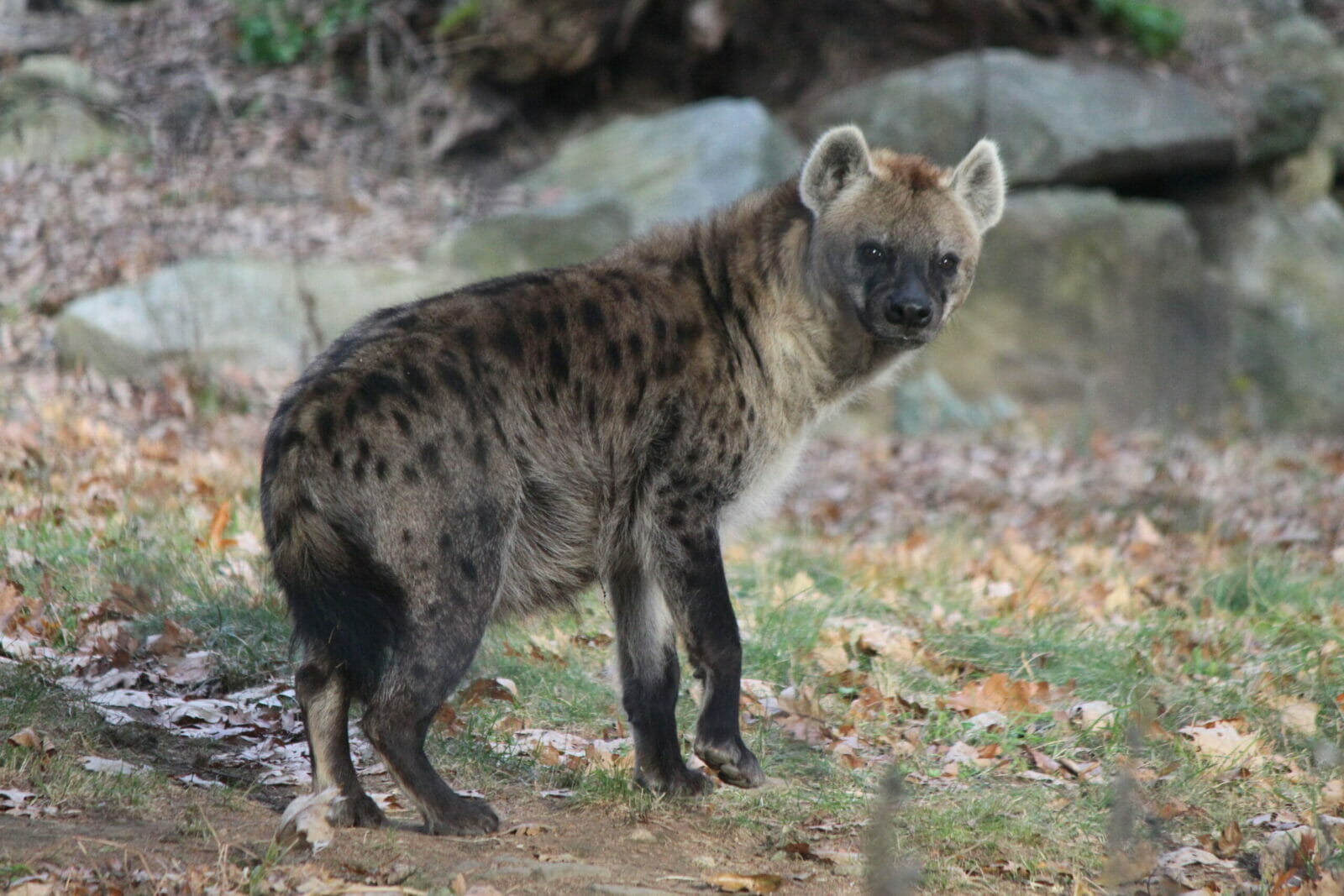

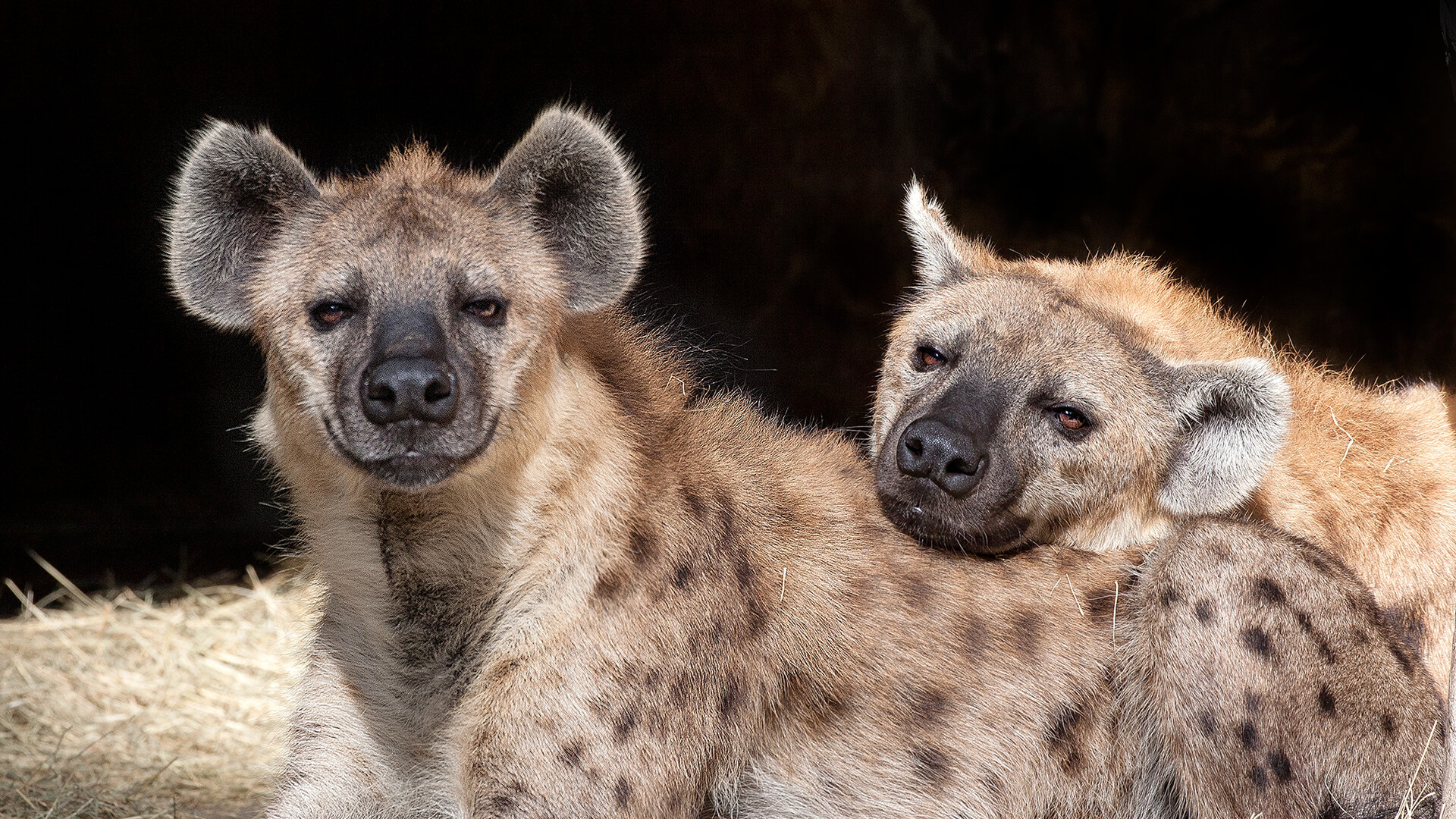
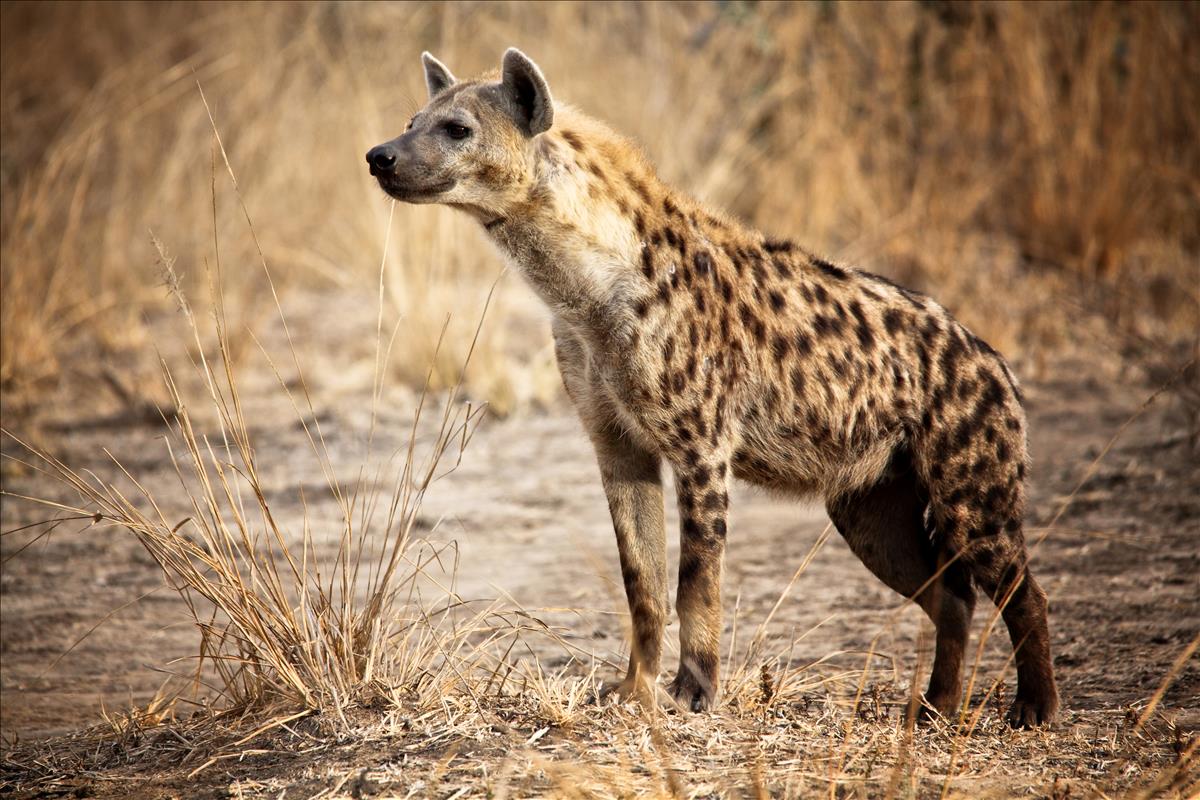
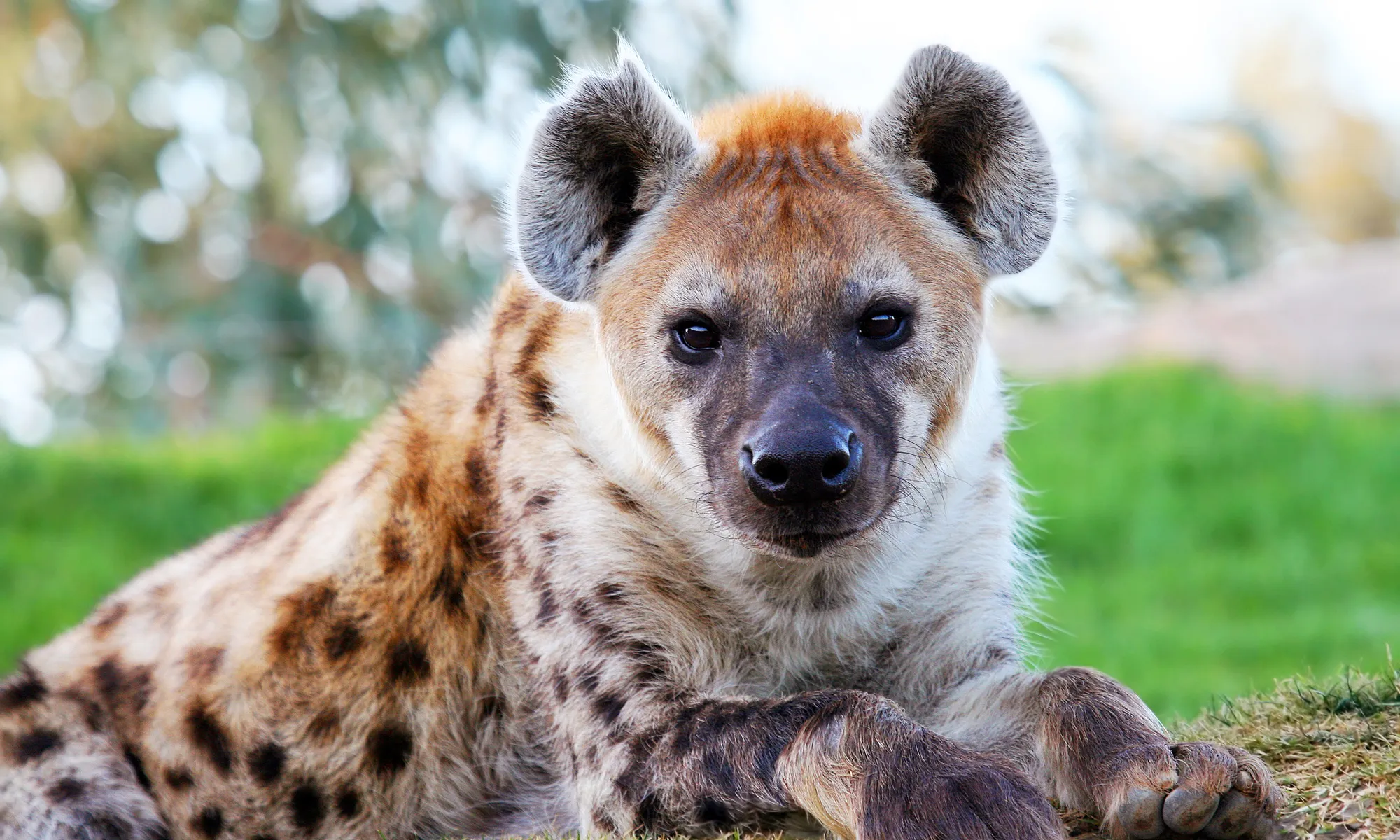
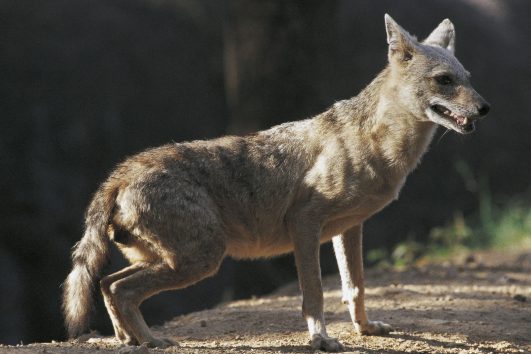
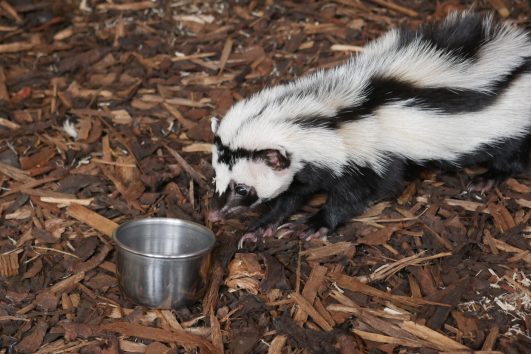
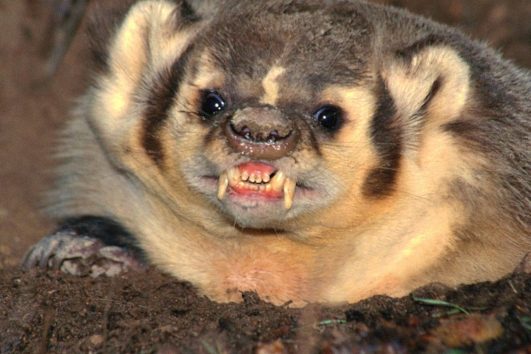
Tour Reviews
There are no reviews yet.
Leave a Review